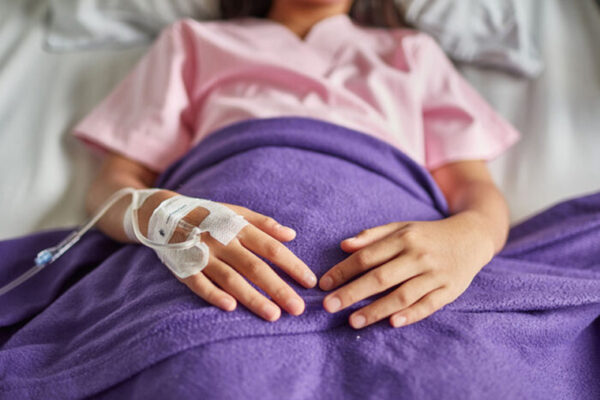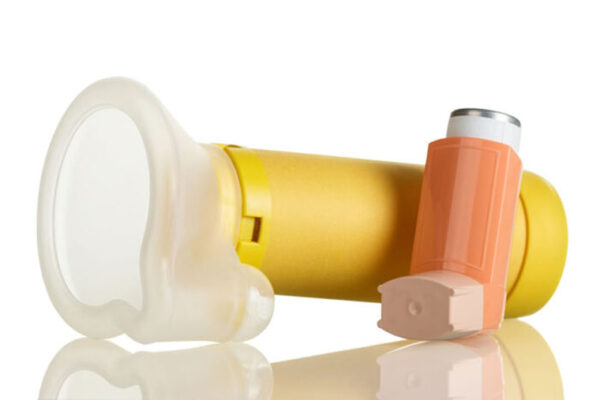In-school COVID-19 transmission is rare — even among close school contacts of those who test positive for the virus — when schools heed public health precautions such as mandatory masking, social distancing and frequent hand-washing, according to results of a pilot study in Missouri aimed at identifying ways to keep elementary and secondary schools open and safe during the pandemic. A close contact is anyone who has been within 6 feet for more than 15 minutes in a 24-hour period with someone infected with COVID-19.
The study is part of a larger, ongoing collaboration involving the Centers for Disease Control and Prevention (CDC), Washington University School of Medicine in St. Louis, the Missouri Department of Health and Senior Services, the Missouri Department of Elementary and Secondary Education, Saint Louis University, the Springfield-Greene and St. Louis County health departments, and school districts in the St. Louis and Springfield, Mo., areas.
The findings are published March 19 in the CDC’s journal, Morbidity and Mortality Weekly Report. The Missouri school findings mirror those of schools in other states, demonstrating that COVID-19 prevention efforts can significantly curb the spread of SARS-CoV-2 among students, teachers and staff.
“This work is imperative because keeping kids in school provides not only educational enrichment but also social, psychological and emotional health benefits, particularly for students who rely on school-based services for nutritional, physical and mental health support,” said senior author Johanna S. Salzer, DVM, PhD, a veterinary medical officer with the CDC’s National Center for Emerging and Zoonotic Infectious Diseases.
The pilot study involved 57 schools in the Pattonville School District in St. Louis County and the Springfield Public School District in Greene County in southwest Missouri, as well as two private schools in St. Louis County. All schools in the pilot study required students, teachers, staff and visitors to wear masks while on campus or buses.
Other safety measures included a focus on hand hygiene, deep cleaning of facilities, physical distancing in classrooms, daily symptom screenings for COVID-19, installing physical barriers between teachers and students, offering virtual learning options and increasing ventilation.
For two weeks in December, the schools involved in the pilot project notified the research team of students, teachers and staff who were either infected with COVID-19 or quarantined due to being considered a close contact of someone who had tested positive. In St. Louis, close contacts of students or teachers who had tested positive were placed in quarantine, meaning they were not to leave their homes for 14 days from when last exposed to a positive case. In Springfield, however, some of the close contacts of those who had tested positive were placed in modified quarantine — meaning they could stay in school if they and the infected person were wearing masks when in close contact; in this scenario, the infected person still isolated at home.
Participants in the pilot study included 193 persons across 22 of the 57 schools — 37 who tested positive for COVID-19 and 156 of their close contacts. Among participants who were COVID-19 positive, 24 (65%) were students, and 13 (35%) were teachers or staff members. Of the close contacts, 137 (88%) were students, and 19 (12%) were teachers or staff members.
Among the 102 close contacts who agreed to testing for COVID-19 using saliva tests, only two people received positive test results indicating probable school-based SARS-CoV-2 secondary transmission. Further, no outbreaks were identified in participating schools despite the high rates of community spread in December, even among the Springfield schools that followed modified quarantine protocols allowing some close contacts of positive individuals to remain in school.
“Schools can operate safely during a pandemic when prevention strategies are followed,” said one of the study’s leading researchers, Jason Newland, MD, a Washington University professor of pediatrics, who treats patients at St. Louis Children’s Hospital. Newland led the pilot program with the CDC and has advised multiple school districts in Missouri on plans for reopening schools. “The pilot study demonstrates low transmission in schools and no student-to-teacher transmission — and this was during the height of the pandemic in December, with high rates of community spread.”
Added Randall Williams, MD, director of the Missouri Department of Health and Senior Services: “Schools with proper prevention strategies remain a safe environment for students and teachers during the pandemic.”
Since mid-January, the CDC, Washington University and Saint Louis University researchers, and the St. Louis County and Springfield-Greene County health departments, along with three school districts from St. Louis County, and three school districts in Greene County have been participating in a larger study to further examine the COVID-19 prevention strategies and quarantine policies. The St. Louis County school districts involved are Rockwood, Pattonville and University City; the Greene County school districts involved are Springfield, Republic and Logan-Rogersville.
In addition, the researchers are going into classrooms to measure the distances between desks to evaluate whether the 6-foot social distancing rule can be relaxed in school settings. They’re also sending surveys to parents, teachers and staff to assess the stress and mental health challenges surrounding quarantine. In Springfield, the researchers are continuing to study modified quarantine policies.
“We are pleased to continue to work on this joint project with the CDC, Washington University, and the Springfield-Greene County Health Department,” said Jean Grabeel, director of health services for Springfield Public Schools. “The initial results helped verify that our mitigation strategies have been successful in the school setting. This continued work will help to further guide the full-time return of students to in-person learning, five days a week, in a safe manner. We deeply appreciate this unique opportunity to collaborate on such a meaningful, impactful project.”
Added Mark T. Miles, PhD, superintendent of the Rockwood School District, the largest school system in St. Louis County and one of the largest in the state, with 22,268 students: “I am grateful for Rockwood’s opportunity to participate in this collaboration. We all share the same priority: keeping schools safe for students, teachers and staff as well as the community at large.”
Dawson P, Worrell MC, Orscheln RC, Williams RW, Newland JG, Salzer JS et al and the COVID-19 Surge Laboratory Group. Pilot investigation of SARS-CoV-2 secondary transmission in Kindergarten through Grade 12 schools implementing mitigation strategies – St. Louis County and City of Springfield, Missouri, December 2020. Centers for Disease Control and Prevention Morbidity and Mortality Weekly Report. March 19, 2021.
Washington University School of Medicine’s 1,500 faculty physicians also are the medical staff of Barnes-Jewish and St. Louis Children’s hospitals. The School of Medicine is a leader in medical research, teaching and patient care, ranking among the top 10 medical schools in the nation by U.S. News & World Report. Through its affiliations with Barnes-Jewish and St. Louis Children’s hospitals, the School of Medicine is linked to BJC HealthCare.



